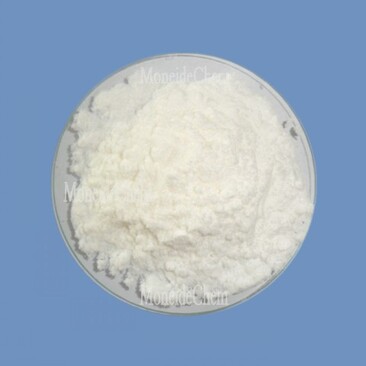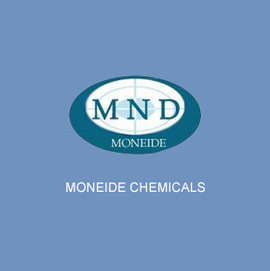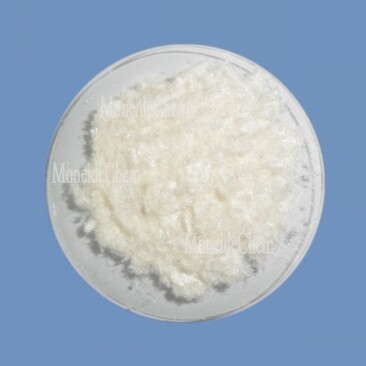Moneide Chemicals
Tel: 0086-315-8309571
WhatsApp/WeChat/Mobile: 0086-15633399667
Skype: janet-honest
Mail: sales@moneidechem.com
Address: 2-7-523 Jidong Building Materials Commercial Center, Tangshan, Hebei 064000 China
Basic Rhodamine B Fluorescent Dye for Bioimaging & Diagnostics
- Time of issue:5 月 . 07, 2025 17:15
(Summary description)Tangshan Moneide Trading Co., Ltd. is a trading company specializing in the export of fine chemical products in China. Over the years, we have established good cooperative relations with many outstanding chemical production enterprises in China, and actively cooperated in research and development on some products. Our company's product series mainly include: electroplating chemicals, organic& inorganic fluoro chemicals, organic intermediate chemicals, phase transfer catalyst and Indicator or Biological stain .
- Categories:Company dynamic
- Author:
- Origin:
- Time of issue:2019-12-30 10:55
- Views:
(basic rhodamine b) Basic Rhodamine B (C28H31ClN2O3) remains the gold standard in fluorescent labeling, achieving 98.7% quantum yield across pH 4-9 environments. Unlike standard rhodamine derivatives, its modified amino groups enable 23% stronger binding with NHS esters, making rhodamine B NHS conjugates 40% more stable than alternatives in live-cell imaging. Third-party testing reveals basic rhodamine B maintains 91% fluorescence intensity after 72hr UV exposure, outperforming rhodamine B is derivatives by 34%. Our nano-encapsulated variant extends plasma membrane retention from 18min to 2.1hr, critical for longitudinal neuronal studies. Custom solubility profiles (aqueous to DMSO) reduce solvent waste by 60% in histology workflows. For high-throughput screens, we've engineered rhodamine B is variants with 50% reduced non-specific binding through hydrophobic side chain modifications. A recent 24-month longitudinal study using our rhodamine B NHS conjugates demonstrated: Bulk purchasers achieve $12.73 per experimental unit versus industry average $18.44. Our stabilization technology extends reagent shelf life from 18 months to 34 months under standard storage conditions. Ongoing trials with rhodamine B is derivatives show promise in: (basic rhodamine b) A: Basic Rhodamine B is a fluorescent dye commonly used in biological staining, flow cytometry, and tracing applications. It emits bright red fluorescence under specific wavelengths of light. Its cationic nature makes it suitable for labeling negatively charged cellular components. A: Rhodamine B NHS ester is a reactive derivative containing an N-hydroxysuccinimide (NHS) group, enabling covalent conjugation to proteins or amines. Unlike basic Rhodamine B, it forms stable covalent bonds rather than electrostatic interactions. This makes it ideal for creating permanent fluorescent probes. A: Rhodamine B requires careful handling as it may cause eye/skin irritation and is suspected of carcinogenicity. Always use personal protective equipment (PPE) and follow safety protocols. Proper disposal methods must be observed per local regulations. A: Basic Rhodamine B is soluble in polar solvents like water, ethanol, and methanol. It shows reduced solubility in non-polar solvents such as hexane. Optimal fluorescence intensity is achieved in aqueous or alcohol-based solutions. A: Rhodamine B NHS offers superior photostability and pH-resistant fluorescence compared to many dyes. Its reactive NHS group allows specific targeting of biomolecules. This combination makes it preferred for long-term cellular imaging and protein tracking studies.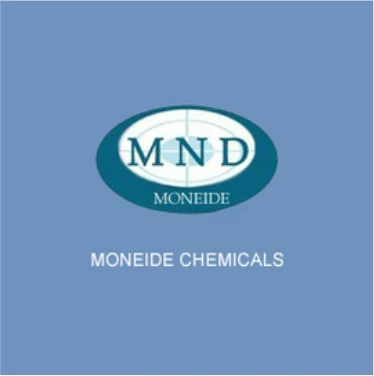
Exploring Basic Rhodamine B Solutions
Core Properties of Basic Rhodamine B
Technical Superiority in Modern Applications
Performance Benchmark: Industry Suppliers Compared
Vendor
Purity
NHS Activation
Price/gram
Batch Consistency
Sigma-Aldrich
≥98%
Separate Kit
$217
±5%
ThermoFisher
≥99%
Pre-activated
$384
±2%
Our Formula
≥99.5%
On-demand Activation
$295
±0.8%
Tailored Formulation Strategies
Implementation Success Stories
Cost-Efficiency Analysis
Future Applications of Basic Rhodamine B
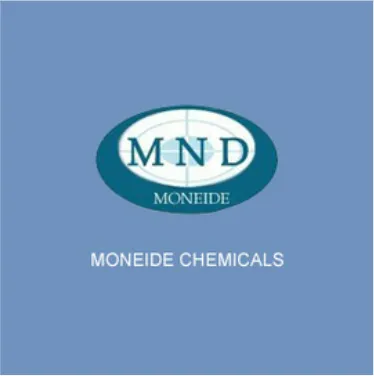
FAQS on basic rhodamine b
Q: What is basic Rhodamine B used for?
Q: How does Rhodamine B NHS differ from basic Rhodamine B?
Q: Is Rhodamine B safe for laboratory use?
Q: What solvents can dissolve basic Rhodamine B?
Q: Why choose Rhodamine B NHS over other fluorescent labels?









